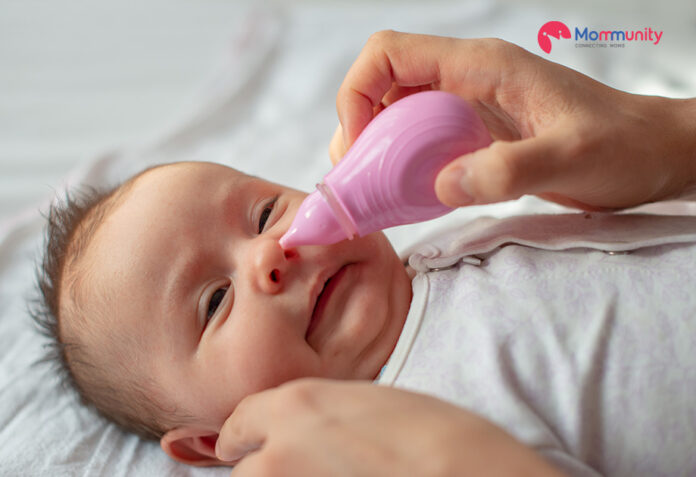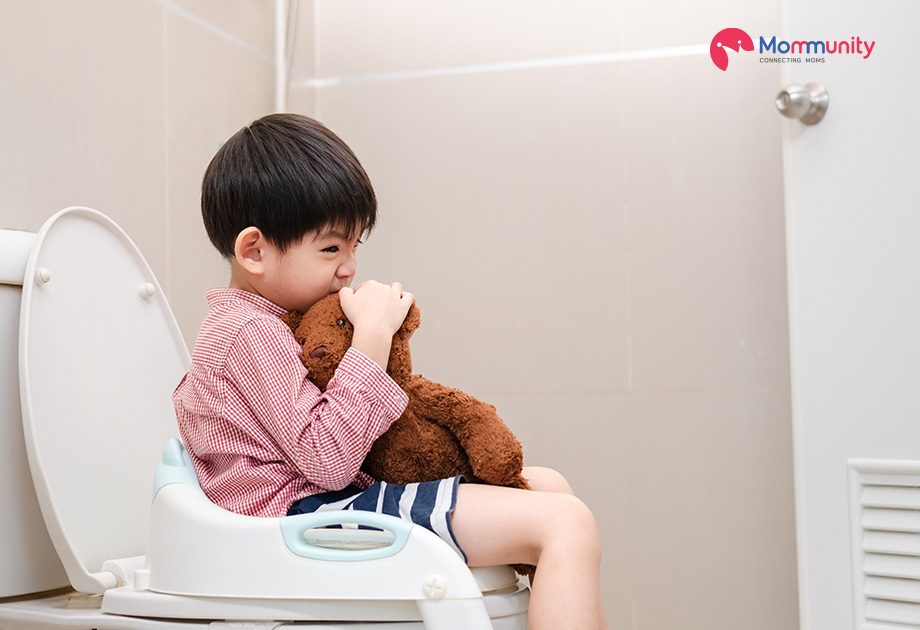As a parent, you must be aware that weather changes can affect your little one’s ability to breathe easily, causing congestion and discomfort. It’s essential to identify the underlying reasons for baby congestion and take the necessary steps to alleviate it. With our comprehensive guide, you’ll learn practical techniques to soothe your baby’s nasal congestion and ensure they feel cozy and content.
From using saline drops to humidifiers, we’ll provide you with detailed advice on how to effectively manage weather-induced congestion in your little one. With the help of our expert guidance, you can confidently take care of your baby and ensure they stay healthy and happy.
What is Baby Congestion? A Closer Look
Baby congestion is a condition that can make your little one feel uncomfortable and irritable. It occurs when the nasal passages become inflamed, which can cause a stuffy or runny nose, difficulty breathing, and general discomfort. Congestion in infants is often the result of the body’s response to changes in temperature and humidity levels and can also be caused by exposure to allergens, common colds, or respiratory infections.
Unfortunately, baby congestion can make it challenging for your little one to sleep and eat, which can lead to further distress for both you and your baby. They may struggle to breathe, leading to a restless and unsettled sleep. Feeding can also be difficult, as babies rely heavily on their nose to breathe while feeding.
Is Congestion Bad For Baby?
Mild congestion usually isn’t a cause for significant concern. However, it can make it harder for babies to breathe and feed comfortably. Additionally, if it worsens or persists alongside other symptoms, it could indicate a more serious issue.
What Does A Congested Baby Sound Like?
A congested baby might make various sounds:
- Sniffling: This is the most common sound, with frequent nasal noises during breathing.
- Snoring: Baby snores can sound different from adult snores and might indicate significant mucus buildup.
- Grunting: Grunting or strained breathing, especially while feeding, can signify difficulty in drawing breath.
- Wheezing: High-pitched whistling sounds on inhalation or exhalation might indicate more severe congestion or lung involvement.
Where Does Baby Congestion Come From?
Several factors can cause baby congestion:
- Common cold: This is the most frequent culprit, caused by viruses that irritate the nasal passages and cause mucus production.
- Allergies: Dust, pollen, pet dander, or other allergens can trigger an inflammatory response in the nasal passages, leading to congestion.
- Dry air: Low humidity can dry out the nasal passages, making mucus thicker and more complicated to clear, causing congestion.
- Foreign objects: In rare cases, a stuck object in the nasal passage can block airflow and cause congestion.
How Long Is Baby Congestion Normal?
Mild congestion from a cold typically lasts 7-10 days. However, the specific duration can vary depending on the cause and your baby’s individual immune system.
When Should You Worry About Baby Congestion?
Here are some signs indicating you should consult a doctor:
- Fever lasting more than 3 days
- Difficulty breathing or fast breathing
- Poor feeding or dehydration
- Green or yellow nasal discharge
- Earache or sinus pain
- Lethargy or unusual fussiness
Remember, if you’re ever concerned about your baby’s congestion, it’s always best to consult your pediatrician for a proper diagnosis and guidance.
10 Tips for Managing Baby Congestion
-
Keep the Room Moist
-
- Use a humidifier or vaporizer to add moisture to the air, especially during dry weather conditions.
- Maintain a humidity level of around 40-50% to prevent the nasal passages from drying out.
- Clean and sanitize the humidifier regularly to avoid the growth of mold and bacteria.
-
Saline Drops or Spray
-
- Saline drops or spray can help moisturize the nasal passages, clear mucus, and ease congestion.
- Use a bulb syringe to gently suction out excess mucus after applying saline drops.
- Follow the instructions provided by your pediatrician or pharmacist regarding the frequency and dosage.
-
Elevate the Head
-
- Placing a small pillow or folded towel under the baby’s mattress or crib can help elevate their head slightly.
- This elevation promotes better drainage of mucus, reducing congestion and easing breathing.
-
Breastfeeding or Bottle Feeding
-
- Encourage frequent breastfeeding or bottle-feeding sessions to keep the baby hydrated.
- The suction required during feeding can help clear the nasal passages and provide relief from congestion.
-
Steam Therapy
-
- Steam therapy can be beneficial in relieving congestion. Take your baby into a steamy bathroom for a few minutes, or use a warm mist humidifier in the room.
- Ensure that the steam is not too hot and that the baby is supervised at all times to prevent accidents.
-
Nasal Aspirators
-
- Nasal aspirators are helpful gadgets designed to remove excess mucus from a baby’s nose.
- Use a bulb suction or nasal aspirator to gently suction out mucus when necessary.
- Remember to sanitize the aspirator properly after each use.
-
Warm Compress
-
- Applying a warm compress to the baby’s forehead and nose can help relieve congestion and temporarily open up the nasal passages.
- Ensure that the compress is warm, not hot, and test it on your own skin to avoid burns before applying it to the baby.
-
Avoid Irritants
-
- Keep the baby away from irritants, such as cigarette smoke, strong fragrances, and dust.
- Maintain good indoor air quality by regularly cleaning and vacuuming the house.
- Use fragrance-free and hypoallergenic laundry detergents and cleaning products.
-
Hydration
-
- Ensure that your baby gets enough fluids to stay hydrated, as dehydration can worsen congestion.
- Offer small sips of water if the baby is above six months old, and check with a pediatrician for appropriate hydration strategies for younger babies.
-
Consult a Pediatrician
-
- If congestion persists, worsens, or is accompanied by other concerning symptoms, consult a pediatrician for further evaluation and guidance.
- Your pediatrician may prescribe specific treatment options based on the underlying cause of the congestion.
As a parent, managing your baby’s congestion during weather changes can be a challenging task. However, with a combination of preventive measures and soothing techniques, you can help alleviate your baby’s discomfort and ensure better breathing.
By following the tips mentioned in this guide, you can confidently navigate through weather-related congestion with ease. It is crucial to prioritize your baby’s comfort and well-being at all times.
In case the congestion persists or you have any concerns about your baby’s health, don’t hesitate to consult a pediatrician for expert advice. With careful attention and care, you can help your baby breathe easier and feel more comfortable during weather changes!




